Radon is a naturally occurring gas that can be present in homes and other buildings. It’s odorless, tasteless, and colorless, but it can have serious health consequences if levels become too high. Long-term exposure increases the risk of developing lung cancer, making it important to remediate any radon issues in the basement properly. Remediating radon in basements has several advantages.
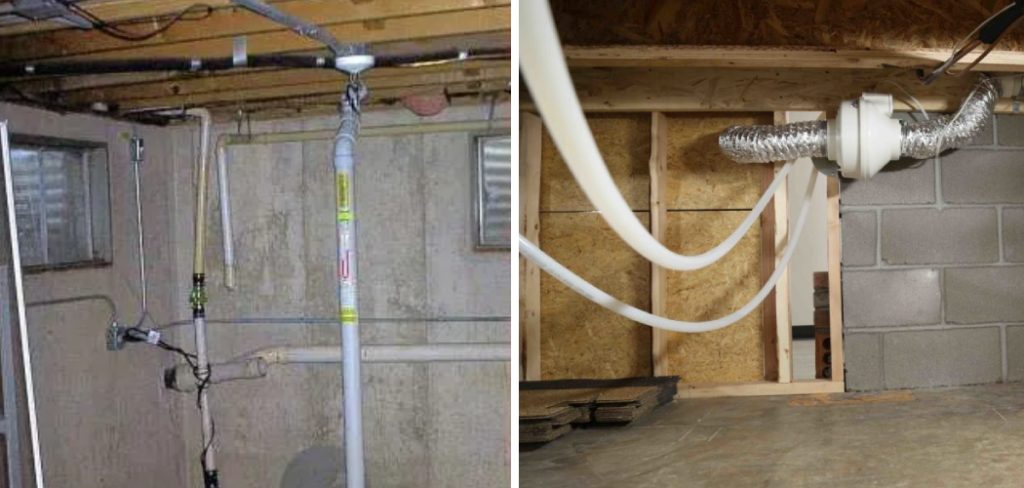
It can help reduce health risks associated with long-term exposure to radon and improve the basement space’s energy efficiency. Remediation also helps protect against other contaminants that may be present in the air, including mold and dust mites. You can find step-by-step instructions on how to Remediate Radon in Basement .
Step-by-step Instructions for How to Remediate Radon in Basement
Step 1: Inspect Your Home
Before you start any type of radon remediation in your basement, it is important first to inspect your home for any existing radon problems. This includes inspecting walls and ceilings for possible openings where gas might be entering from outside and checking the air quality with a radon detector.
Step 2: Install a Radon Mitigation System
Installing a radon mitigation system is a good way to reduce radon levels in your basement. This typically consists of a fan, piping, and other components installed beneath the foundation, which will help draw out any excess radon gas that may be present.
One way to prevent radon from entering your home is by sealing off any potential entry points. This includes caulking around windows, doors, and other openings in the basement walls.
Step 3: Install a Radon Reduction System
Another way to reduce radon levels in your home is by installing a radon reduction system. These systems capture any gas entering through cracks in the foundation or walls and diverting it from the house.
To further reduce radon levels in your basement, you should also consider ventilating the area. This can be accomplished by installing an exhaust fan or a passive ventilation system allowing air to flow through and out of the basement.
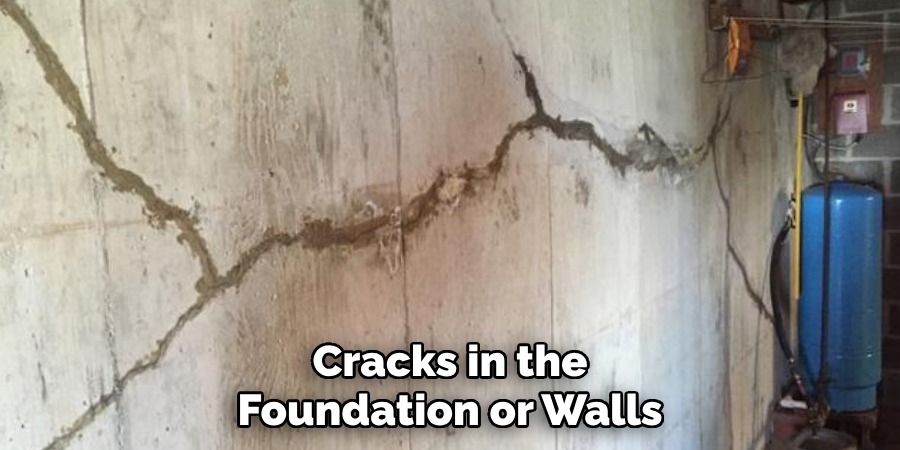
Step 4: Install Radon Reducing Materials
You can also install radon-reducing materials in the basement to help reduce levels. This includes materials such as plastic sheeting, caulking, and sealants that will create a barrier between the gas and your home. It is also important to have your home tested for radon regularly. This will allow you to detect any changes in the radon levels and take the necessary steps to reduce them.
Step 5: Install an Air Purifier
An air purifier can also help reduce radon levels in your home. These devices work by trapping particles from the air before they can enter your lungs, helping to reduce long-term radon exposure.
If you are still concerned about radon levels in your home, it is important to have a professional inspect the area and advise you on any additional steps that may be needed. This could include further sealing or installing an air purifier system.
Step 6: Monitor Radon Levels
Finally, it is important to monitor radon levels in your home regularly. This can help you stay on top of any changes or problems that may arise and take the necessary steps to ensure that your home remains safe from radon exposure. By following these steps, you can remediate any existing Radon issues in your basement quickly and effectively.
Tips for How to Remediate Radon in Basement
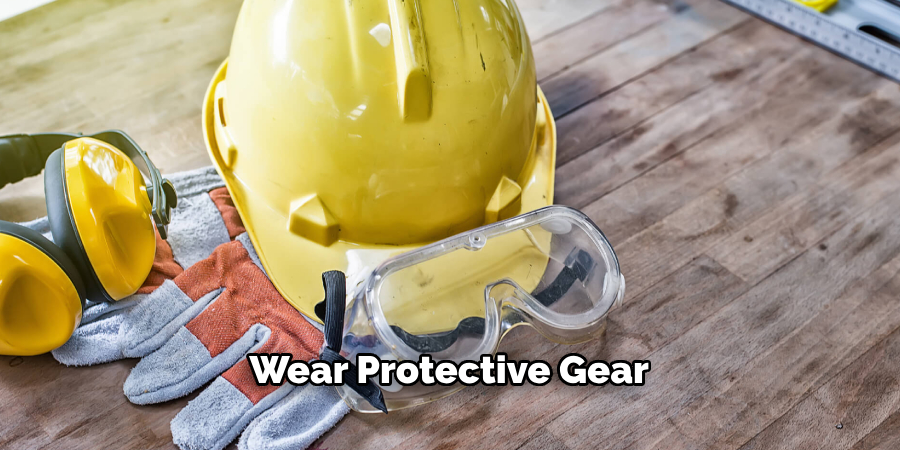
- Wear protective gear such as a mask, gloves, and long-sleeved clothing when doing radon remediation work in the basement.
- Never mix any chemicals or solvents while working on a radon remediation project; always use separate containers for each material.
- Always ensure that the basement is well-ventilated during any radon remediation process.
- Turn off any fan or heating/cooling systems and ensure no potential sparks are near the area being worked on to avoid causing a fire hazard.
- Regularly monitor for radon levels in the basement after remediation to ensure the problem has been successfully remediated.
- If you need more confidence in carrying out the radon remediation yourself, consult a properly trained and certified professional to handle the project. This will help ensure that your basement is safe from any potential health risks associated with high levels of radon gas exposure.
Following these tips can help ensure that you and your family are safe from any potential health risks associated with high levels of radon gas exposure.
What Are the Health Risks Associated With Radon Exposure?
Radon is a colorless, odorless, and tasteless gas that comes from the natural breakdown of uranium in soil, rocks, and water. Radon is known to be a harmful health hazard when it seeps into homes and buildings. Exposure to high levels of radon can cause lung cancer over time. Even short-term exposure to high concentrations of radon can be dangerous. The U.S. Environmental Protection Agency (EPA) recommends that radon levels in the home should be below four picocuries per liter (pCi/L).
If levels are above this, it’s important to take steps to reduce them as soon as possible. Remediating high levels of radon in a basement is not a simple process. It requires installing a special ventilation system to reduce the amount of radon that accumulates in an enclosed space and prevent it from entering your living areas. Radon mitigation systems use active soil depressurization (ASD) or sub-slab depressurization (SSD) as the primary methods for reducing radon levels in a home.
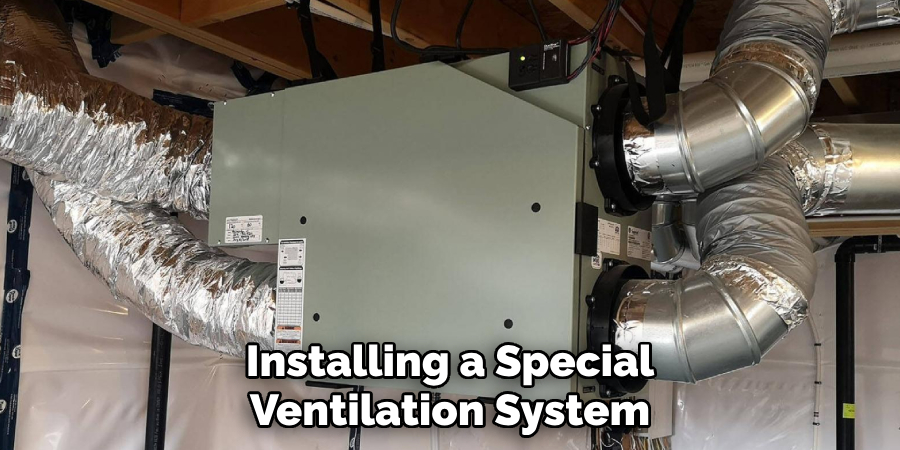
What Methods of Remediation Are Available for Reducing Radon Levels in a Basement?
Various methods can be used to remediate radon in your basement, depending on the severity of the problem and the source. The most common methods include sealing cracks and other openings in your basement walls and floors, installing an active soil depressurization system, or using a passive stack system. Sealing cracks will help prevent radon from accumulating in the basement. At the same time, an active soil depressurization system uses a fan to draw radon away from the home and release it into the atmosphere.
Passive stack systems use a pipe installed near your foundation to divert radon gas from your home. In addition, there are also specialized fans that can be used to exhaust air from the basement directly outside of your home. No matter which method you choose, hiring a qualified professional who can accurately assess your needs and provide an appropriate solution for reducing radon levels in your basement is important.
Are Any Long-term Maintenance Requirements or Costs Associated With Keeping Radon Levels Low?
Long-term maintenance requirements or costs for keeping radon levels low will vary depending on the chosen remediation method. For example, some basement sealing techniques may require an ongoing inspection to ensure the seal is still effective and free from leaks or other damages. Additionally, if a vent pipe system is installed, it must be inspected regularly to ensure it works properly.
In addition, a follow-up test may need to be done periodically to monitor radon levels and ensure they remain low. This could potentially mean additional testing costs for the homeowner. The frequency of these tests will depend on the initial radon levels found in the home, so homeowners should consider this when deciding whether or not to remediate radon in their basement.
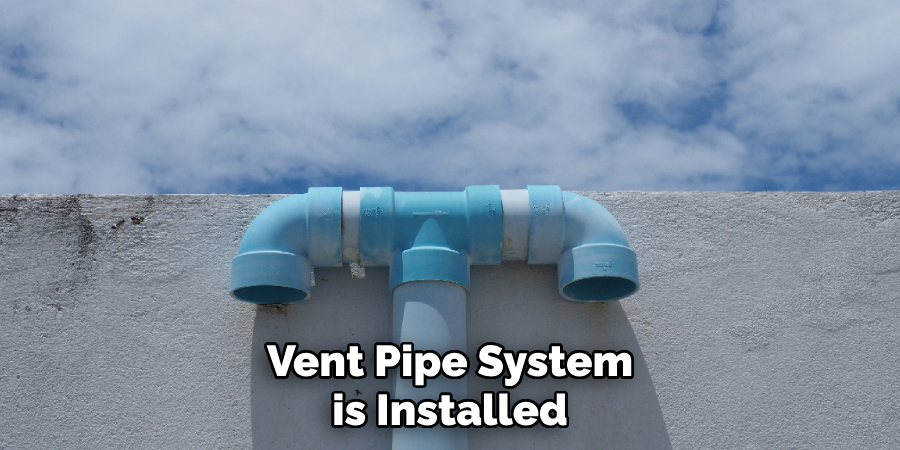
Conclusion
In conclusion, it is essential to understand the risks of high radon levels in your basement and take proactive steps to remediate them. There are various methods available for homeowners to remove this dangerous gas from their homes, including sealing any cracks or openings in walls and floors, installing a radon mitigation system, and using fans to ventilate your lower level.
By taking these steps and understanding the dangers of radon exposure, you can help to keep your home and family safe. Reading this post has helped you learn how to remediate radon in basement. Make sure the safety precautions are carried out in the order listed.
